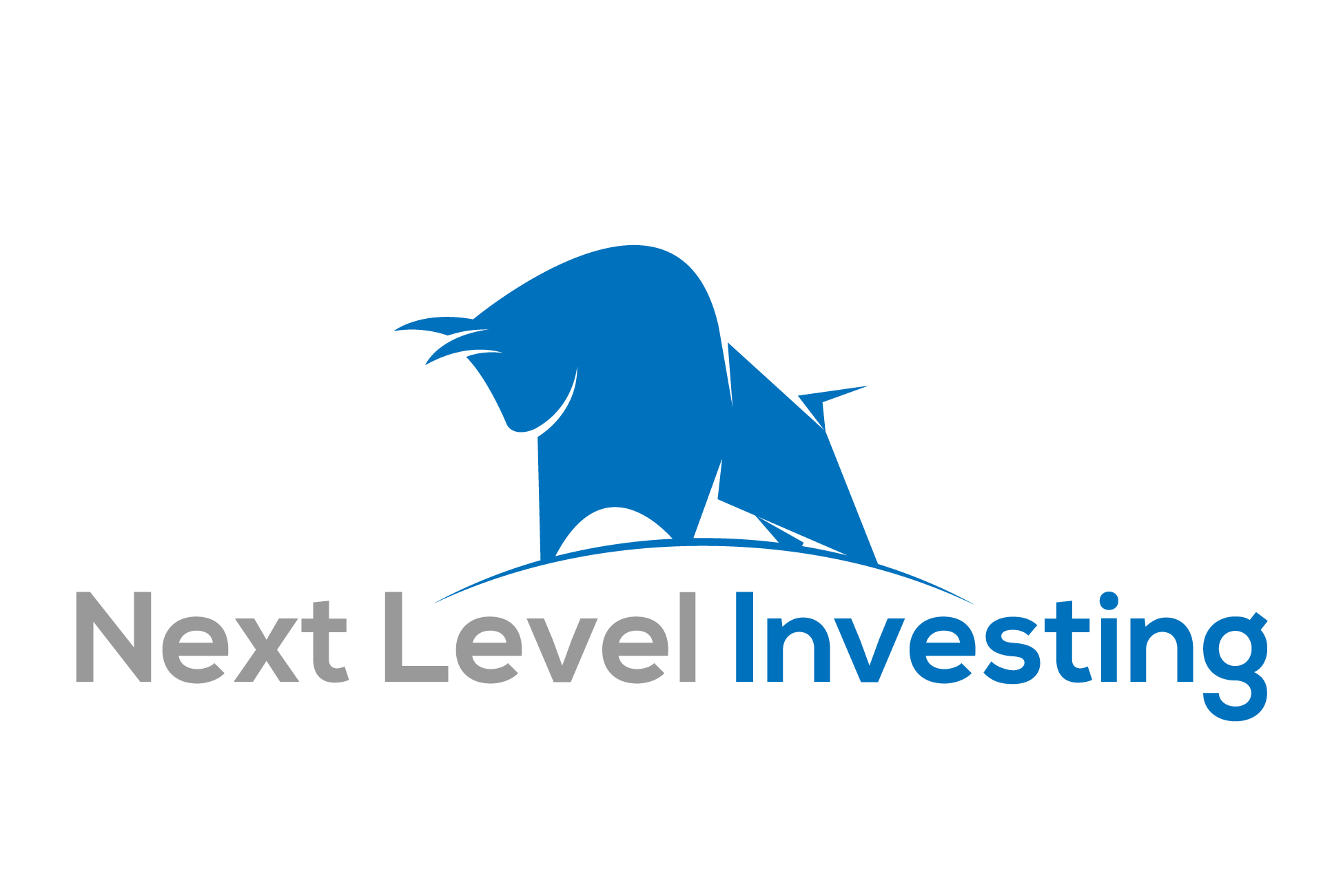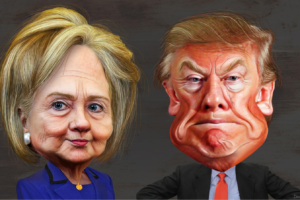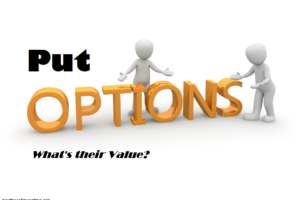Disclaimer: This is for entertainment and educational purposes only. This is not to be taken as investment advice. I am not an investment advisor, nor have I considered your personal situation as your fiduciary. In other words, any investment you make (or don't make) is completely your responsibility.
Today we’re going to look at a trade that can make you a 15.2% return on Gamestop (GME). In what I think is the best trade I’ve come across this year. I’ll show you the exact trade. The upside, and the downside as well as some different trade decisions you have to make.
This is what I consider Next Level option investing:
Low downside risk, high upside potential.
On friday, Gamestop's’ stock dropped $1.13 (6.44%) down to $16.43 per share. Today (as of writing this) it’s down another 2% to $16.10. This may not seem substantial, but It’s a new 52 week low for the stock. Of course, that’s not all, the story gets much more interesting as we dig deeper into the company.
Company Overview
Here’s the interesting stats when we look at GME:
PE = 4.86
Forward PE = 4.85
EPS = $3.32
Dividend Yield = 9.25%
Payout Ratio = 45.45%
Market Cap = $1.64
Free cash flow (FCF) = $529 million
Enterprise value (EV) = $2.22B
FCF Payback time (Using EV) = 4.20 Years
Acquirer's Multiple = 5.6
Those are some very interesting numbers for a value investor. Most interesting of all are the FCF payback time, dividend yield, and P/E ratio and Acquirer’s Multiple. From a value perspective these are all very cheap. It’s very difficult to find a profitable company that has a P/E ratio this low. The question going forward is will it get even lower, or will earnings decrease fast enough to increase this metric.
Free Cash flow
The most fascinating metric is the payback time using free cash flow. WHat this means is that if you bought the entire business, it would only take you 4.20 years before you started to make money. This is an extremely low amount of time considering most private businesses sell for around an 8 year Payback time. In other words, you can buy GME at half the price it would likely sell for in the private marketplace.
The Dividend
The other important ratio is that of its dividend. With the stock price so depressed, the dividend yield continues to increase, today yielding around a 9.39%. The best part is, that this dividend appears to be sustainable. The payout ratio is currently only at 45.45%, making it likely that the dividend is going to survive into the future.
Acquirer’s Multiple
This is the measure of how easy it would be for an outside company to come in and buy this entire business. The lower the Acquirer’s Multiple, the higher the likelihood of the company being undervalued and therefore a good candidate as a takeover target or for a activist investor to come in and unlock potential value for the shareholders.
Mean Reversion
If we look at the linear trend line I've added, we can see that the stock almost always returns back to its mean, with intermittent peaks and valleys in between. This tends to be true of all things. What this means to me is that GME will likely revert back to a price of around $18-$19 before continuing back down. In other words, I think it adds to the likelihood of lower downside risk during our trade period. You can see that today the mean reversion price is just above $19.
Now that we have great value metrics in place, let me show you the option trade we can use. As you know, this is the Next Level Investing site, that means we try and take things to the next level to lower our downside risk, while simultaneously increasing our upside potential. Here’s how we can do that for GME:
Next Level Short Straddle (Win, Win, Win)
I’m going to show you a little trade I call the Next Level Short Straddle.
When done properly this style of investing provides three options:
Stock price goes up = You win
Stock price goes down = You win
Stock price stays the same = You win.
It’s a Win, Win, Win scenario. Here’s why:
You can only do this type of trade on a company you consider to be undervalued and a potentially great business that you’d be happy to own. Therefore there are only three outcomes that can take place
Stock price goes up, you keep the premium, sell your 100 shares and make a healthy ROI (return on investment) = Win
Stock price goes down, and you are forced to buy more of the company you like, at a lower price, lowering your basis. Oh, and you keep the premium = Win x2
The stock price remains the same, and you sell the stock and keep the premium and make a healthy ROI. = Win
You can see the inherent power of only doing this trade on a company you already want to own and one that you understand to be undervalued. If it’s already very undervalued, then the downside risk is likely much more limited. This is the most important factor before making this type of investment. You need to really understand the business.
Next Level Short Straddle (NLSS) Rules:
Here are the rules before making a trade like this:
It needs to be on a Next Level company:
Needs to be able to pass the 4 M analysis (Meaning, Moat, Management, Margin of safety)
You have to want to own the company
You have to be able to understand all risk factors involved
Need to define Break-even, basis, and return and downside risk.
Here’s the Trade
Sell 1 DEC 15 GME Put option with a strike price of $16 for premium of $1.11
Sell 1 DEC 15 GME Call option with a strike price of $16 for a premium of $1.02
Buy 100 shares of GME @ $16.10
Remember: each option contract controls 100 shares of the underlying stock. So in this case we would be selling a Naked Put, and an in the money, covered call.
Figuring out your Return
Time until expiration = 32 days
Premium = $1.11 + $1.02 = $2.13 x100 (100 shares) = $213
Old Cost basis = $16.10 x 100 shares = $1610
New Cost basis = Share price - Premium
= $1610 - $213
= $1399 or $13.99 per share (13.11 % lower than today's stock price)
Return on cost = Premium / cost basis
=( $213 / $1399) x 100
= 15.22% ROI (in 32 days)
Breakeven price = $14.99 (= a 6.89% buffer from todays price)
Remember: Selling options gives the option seller an obligation to sell 100 shares of stock to the call seller, and an obligation to buy 100 share of stock from the put buyer, if they are above the strike price for the call, and below the strike price for the put at expiration.
Three Possible Scenarios
Stock price moves up,
Call option is exercised at any price above $16, 100 shares are taken from you at the strike price level ($16)
Put option expires worthless. You keep the premium of both call and put.
Return = $213
ROI = 15.22%
What next?
See what the return looks like and repeat the process.
Stock Price Moves Down
Put option exercised
Forced to buy 100 shares of GME @ $16
Call option Expires worthless
Keep both premiums of $213
New basis = ($16 + $13.99) /2
New bass = $14.99 (this is our break-even price)
Return on basis = 7.1% (Since we now own 200 shares)
What Next?
Sell two in the money calls one month out and repeat the process.
Stock price stays the same
Same process as #1. Rinse and repeat.
Conclusion
So, that’s the trade. If you really like GME and think it still has a future, then this really is a Win. Win, Win scenario. I think more than anything, this demonstrates the power that having a little extra knowledge can have on someone's portfolio. But remember, this is a very advanced investing technique and requires proper knowledge before you follow through on a trade like this.
(Want to learn how to invest like this? You can contact me and learn more).
It looks like a pretty interesting trade considering that 15.2% return happens in only 32 days. If you annualize that you’re looking at a little over 173% for the year. Keep in mind though that the premiums will likely drop in the future. If the volatility remains high for GME you could see a very high yearly return repeating this trade while continuing to lower your basis in the company, and therefore your risk.
So, what did you think? Pretty interesting right?
That’s it for today,
We’ll talk again soon.
~Ryan Chudyk~
Disclaimer: This is for entertainment and educational purposes only. This is not to be taken as investment advice. I am not an investment advisor, nor have I considered your personal situation as your fiduciary. In other words, any investment you make (or don't make) is completely your responsibility.





Leave a Reply
Get in the Conversation, Share your opinion.